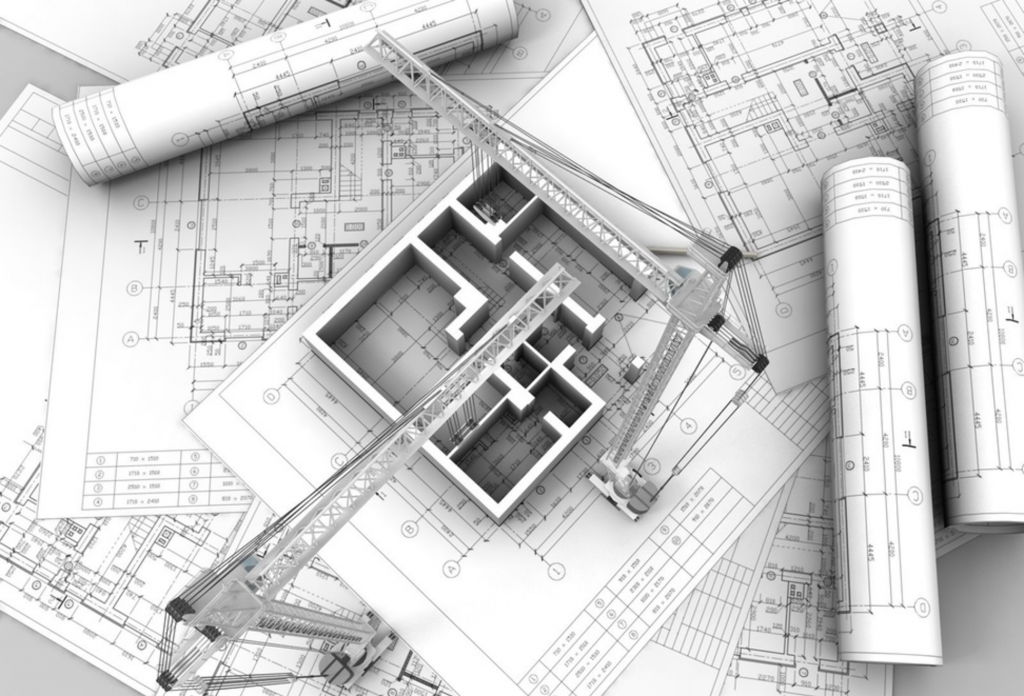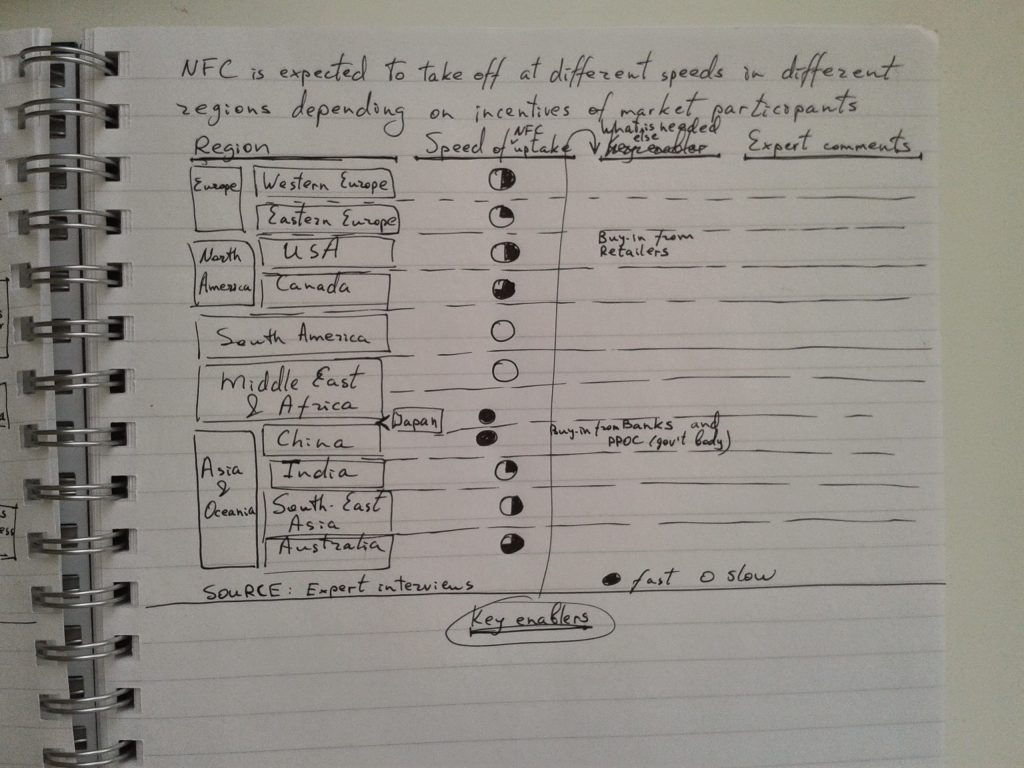In short: First Engagement at McKinsey. The Project. Work Streams. My role. Lifestyle. Team Events. First Challenges.
After a long break, I’m back in my blogger role. Where have we left off? Right, Week Zero. I did my interviews, got the offer, took part in my first training (EMBARK / BCR), and found my first engagement I wanted to join. Now it was time to work.
The Engagement
Topic: Capex Optimization for a Large Construction Project

What does this mean in plain English? Our client, a certain large energy company in Russia, has hired a contractor to build a large facility abroad. However, the client was not sure that the contractor was not overcharging for materials and labor and was not embezzling their funds. So they asked McKinsey to analyze estimates of proposed expenses and construction schedules. The goal was to see if there was any “optimization potential.”
The challenge was that the facility was not conventional. It was enormously expensive (think several billion USD) and complex from engineering standpoint due to sophisticated safety requirements.
Work Streams: Cost Evaluation, Design Optimization, Schedule Evaluation and Optimization

Work streams are big chunks of work that can be done by different consultants. Remember branches of issue / driver trees in your consulting cases? Here they are in real work.
- Cost evaluation: there are a few hundred Excel files with cost outlays (cost items, their prices and quantities) for different parts of the facility. Are these outlays realistic? What wages will workers demand? What is the price of concrete in cities close to the construction site? Should we produce concrete on-site? Can we procure cheaper equipment? We had to analyze each cost outlay line by line, collect relevant information, and make an informed conclusion.
- Design optimization: take the general plan of the facility. Can it be improved? Can we rearrange certain parts of the facility to reduce construction and operation costs? Bear in mind that safety is paramount. Each design idea needs to be checked with several experts and engineers around the world.
- Schedule evaluation and optimization: are the current construction time forecasts too pessimistic? Or too optimistic? What lies on the critical path to project completion? How to reduce risks? Once you figure this out, develop a detailed (3K-line) schedule and estimate the overall project net present value over the next 60 years.
Team Size: Engagement Manager + 3 Associates + 2 Analysts. Called “EM+5”
This is a very large team by McKinsey standards. On most projects you would expect to have EM+1 or EM+2 due to consultants’ price tag. However, the large scope of the project necessitated a large team. And the client was ready to pay the corresponding price.
Large team is often a good start for a new consultant. You get exposure to more experienced colleagues who have time to coach and mentor you. Plus, there is some room for error. In a large team most of the work is double-checked. Great risk-free environment for a newbie.
Duration: 5 Months
Again, this is quite unusual for Big 3. Most projects are 1-2 months. There are certain advantages to long projects: you get to know some topic very well and your lifestyle is very good. However, the learning curve becomes less steep with time, and after several months the work might get boring.
My Role

Here’s what we usually do, in brief =)
Learn Before You Lead
A young and ambitious person (like most of the readers) I was willing to take on as much responsibility as possible. On my first day I suggested to EM that I take the entire first work stream and be responsible for it. The EM thanked me for my initiative but asked me to learn from Ilya, a more experienced associate, first.
I’m glad the EM said that. The coaching and support Ilya gave me was priceless. He played the role of a junior engagement manager in our work stream. Ilya planned our work, assigned tasks, checked progress, and gave feedback on my work. He challenged my analysis and showed how to make it bullet-proof. Ilya also led our client meetings and demonstrated how to mitigate conflicts and build efficient collaboration with semi-hostile client employees. Most importantly, he was there to provide support and encouragement when I got stuck on something. I’m glad I had a such a role model in my early months at the Firm.
Ambition has always told me to be a leader rather than a follower. But this project gave me wisdom to be humble, shut my mouth, and open my eyes and ears when great mentors are nearby.
So What Did I Do over the 5 Months?

Here’s how my time was split – approximately:
- 20% – Analyzed cost outlays in Excel. I piled all the xls into a few files, used Index-Match to fish out quantities of certain materials used across the facility, talked to international experts to see if they could be reduced;
- 30% – Googled prices for different materials. Best way to challenge pricing assumptions – go look them up in real market price lists. Here Google and cold calls / emails are consultants’ best friends. Thanks to this experience now I know how to say “concrete” in several languages (and where to buy it)
- 10% – Built models for estimating costs of local material production. If we were to produce concrete or distilled water on site, how expensive would they be? Very similar to estimation exercises in case interviews, but more detailed and data-based
- 30% – Drew slides. Took me quite a while to learn to sketch, draw, and “beautify” slides. But this training is essential for a consultant, so well worth investing extra time into. And so I did.
- 10% – Other stuff. Junior people often have to print presentations, order taxis, buy beamers and other equipment, deliver things to clients, etc. So I did that, too. But luckily, unlike other consultancies, at McKinsey this experience is very limited.
Lifestyle
Day to Day Work

Our team hobby – building paper aircraft
I think this was by far my best project in terms of lifestyle. We started work at 10 am and finished almost every day at 9 pm. The EM a fan of high-quality work but not long nights at work. He managed to secure enough resources to make sure we did a stellar job without killing ourselves. So I enjoyed our free dinners, evenings at World Class, a local premium class gym, taxi rides home, and comparatively light schedule.
I did have to pull one weekend all-nighter towards the end of the project due to some urgent client-related matters. I promised to get a certain work done, but it ended up eating all of my time. Without sufficient delegation I had to spend a night at the office to keep my promise and get things done.
This is how I learned (1) to underpromise and overdeliver and (2) how important timely delegation is. I’m glad I got this knowledge in the first project. In later projects the skills of delegation and managing expectations became paramount.
Team Events
A team event is an opportunity for a team to meet outside of work and get to know each other better. Depending on the project budget, team events can range from dinners at restaurants to go-karting to concerts to trips, local and foreign.
Thanks to our generous engagement director, we had two team events – a classical music concert at the Tchaikovsky Concert Hall in Moscow and a team trip to Baku, Azerbaijan. Despite the expenses, these experiences were important in keeping up motivation in an otherwise long and monotonous project. And they helped the team connect on a more personal level, which also helped us be more satisfied and productive. Here’s what the trip to Baku looked like:

The beautiful Baku skyline

Trip to oil fields

Yanar Dag, the Burning Mountain
Lessons Learned
- Issue / driver trees and estimations are not abstract inventions for consulting cases. They are used in real work
- Long projects in large teams are great for lifestyle, but bad for learning
- Don’t try to be a leader every time. Be a follower if it helps you learn from great people
- Master Excel and drawing slides in the first project
- Underpromise, delegate, and overdeliver
- Enjoy time with the team in team events
Next time I will tell you about my experience “making my own McKinsey”, i.e. choosing projects I liked and avoiding those I didn’t.
Thanks for your time,
Victor Rogulenko


